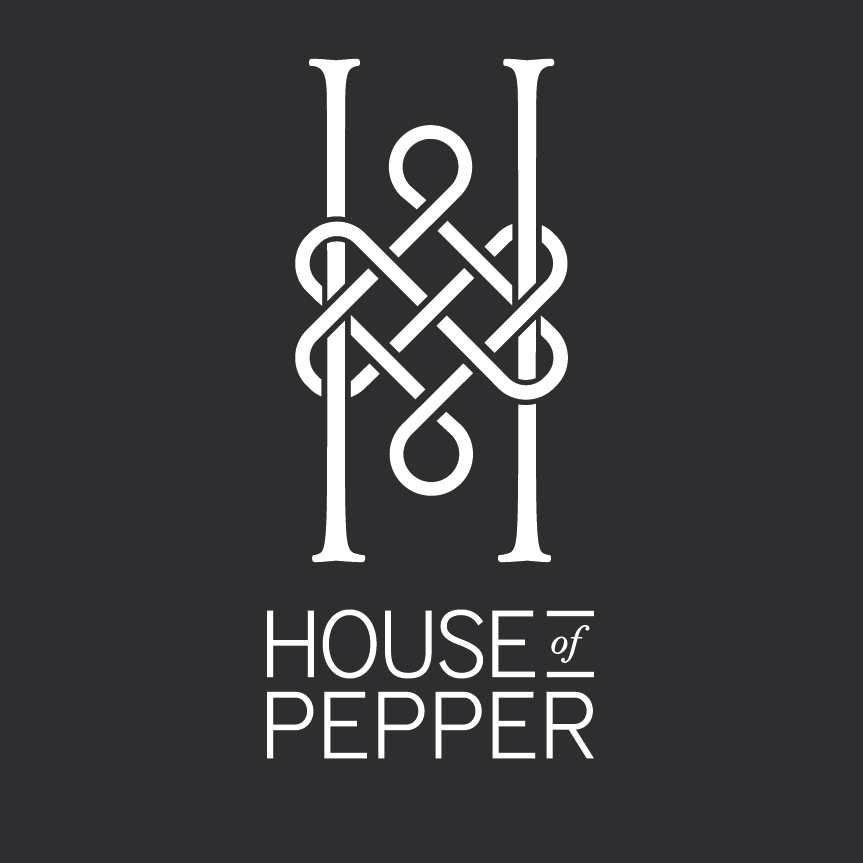La Tene Style found in Horse Gear
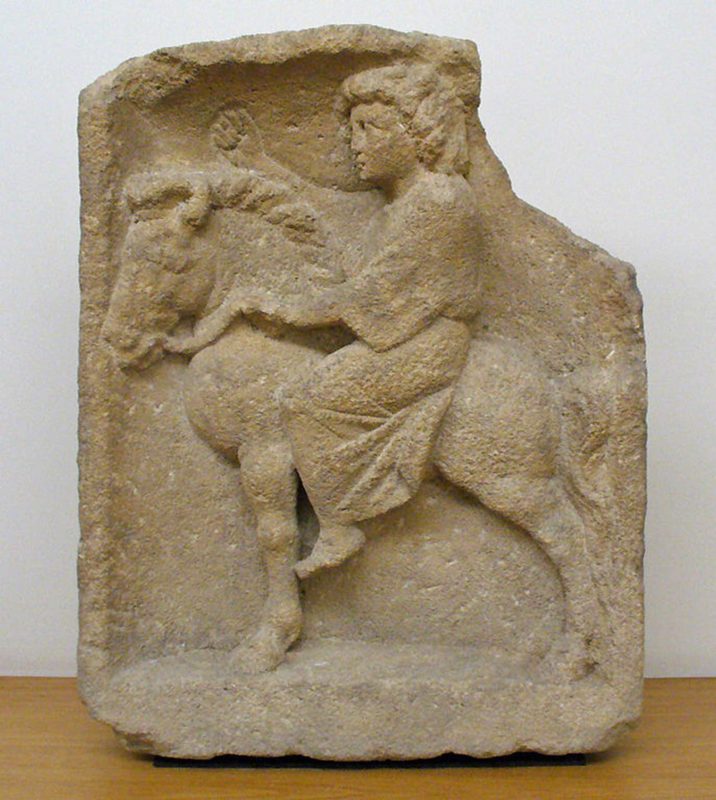
Epona on horseback Bas-relief stone carving by Owen Cook
The Celts loved and honoured horses. They were highly skilled riders and fierce warriors in battle. Horses were part of the farming and wandering lifestyle and they were worshipped for their beauty, courage, and strength. Myths and stories were woven around horses as loyal and heroic friends. In the late Bronze Age (1000 to 700 BC) it was believed that the Sun was carried across the sky on a horse or in a chariot.
The horse chariots, harnesses and fittings proclaimed the status of the owner, and the decorative designs from the La Tene period were highly crafted and often made of brass. The Celtic horse was small like a pony but tough and agile and riders could leap on and off them quickly.
Horse Harness Design
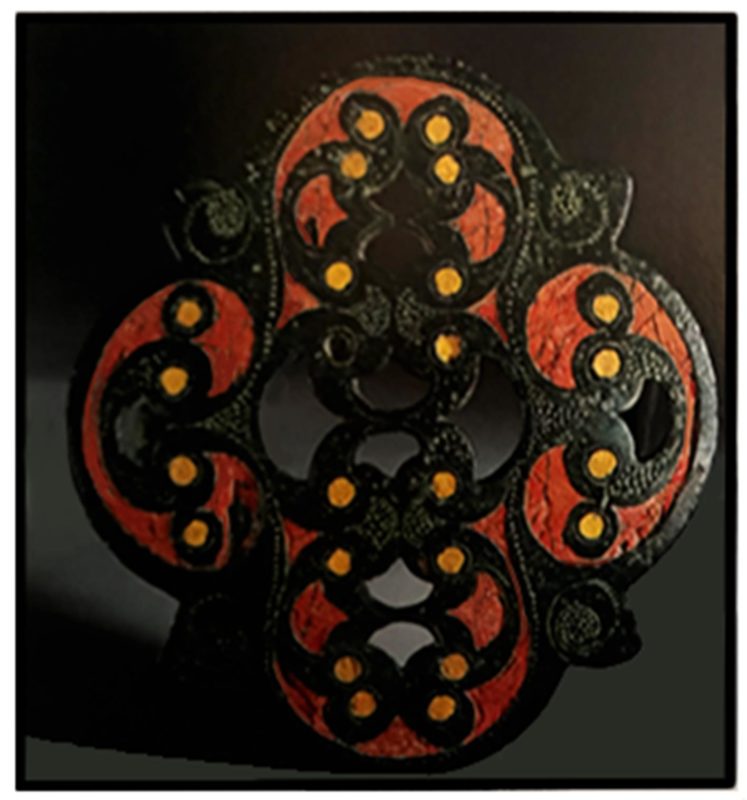
Photo of Horse Harness bronze and enamel fitting
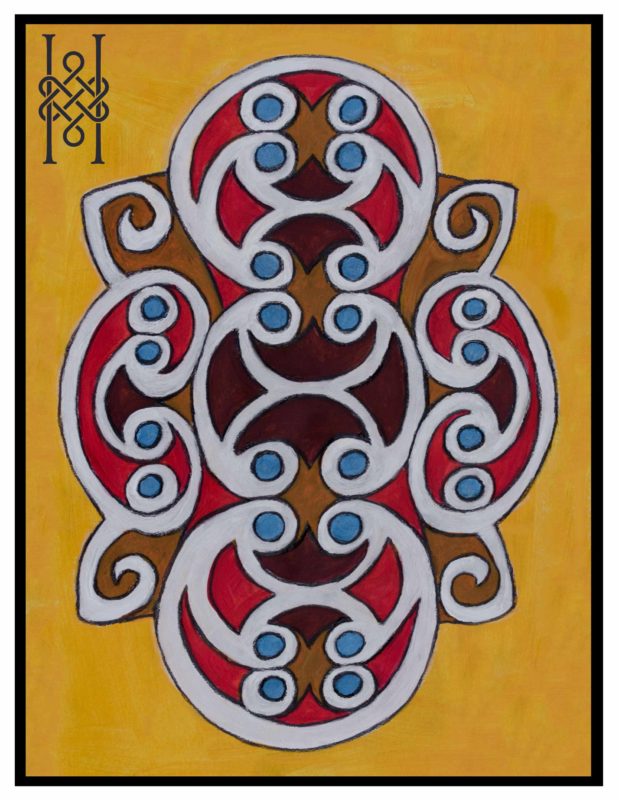
Drawing from Celtic horse harness fitting design shown above
This design shown was drawn from an image of a harness fitting from Paillart, Oise, France from the 1st Century BC.
Individual horse equipment designs were known to belong to certain owners. It was like a brand. This harness fitting ornament (shown above) was made of bronze and enamel. (The bronze is shown as white, the enamel as blue and red in the drawing). I have changed the colours and flattened the design to show the original design with all the curves and scrolls and interlocking patterns. This design is typical of the Early Celtic style known as La Tene. La Tene is named after an archaeological site in Switzerland, but it is not considered to be the birthplace of the style.
Two More Horse Harness Designs
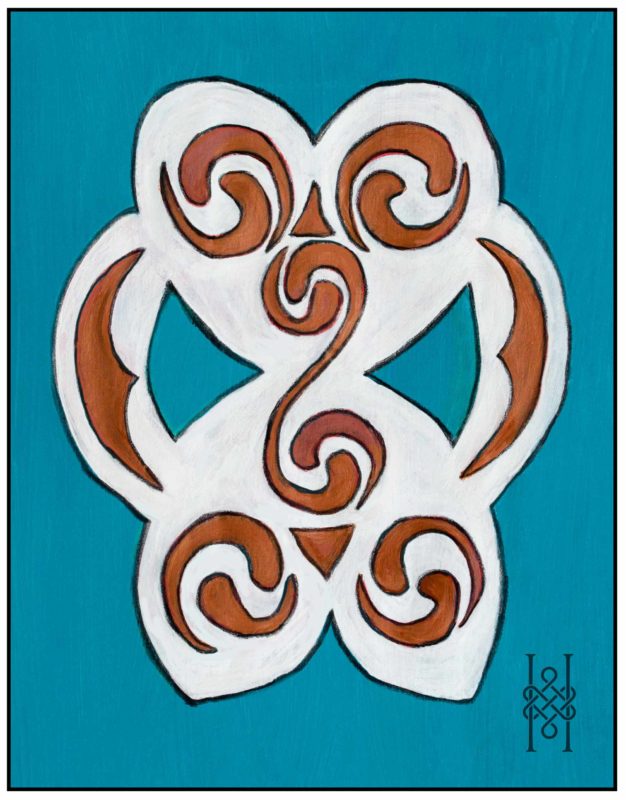
Horse Harness design drawing
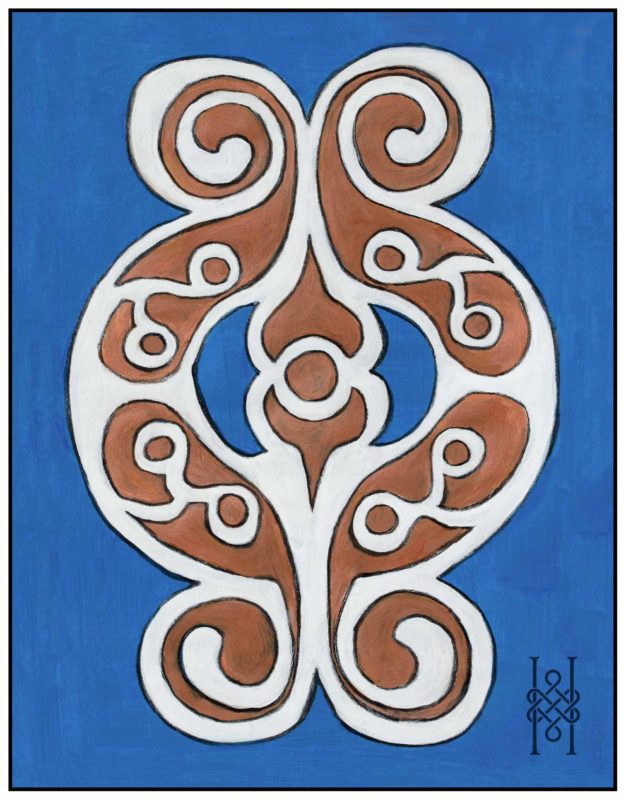
Horse Harness design drawing
Below is a photo of the bronze Horse Harness plaque showing the red enamel from Santon, Norfolk. The design is shown on the blue background drawing above rotated by ninety degrees.
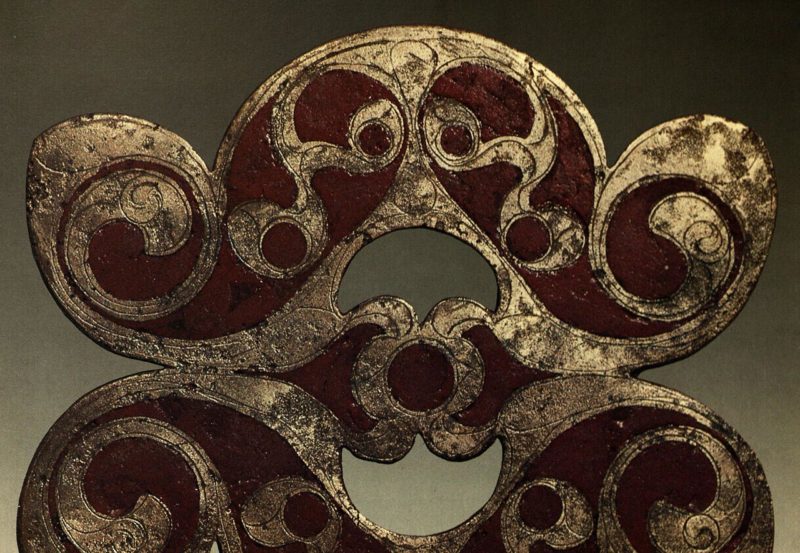
Horse Harness bronze plaque photo
This enamelled Bronze Plaque is on display at the University Museum of Archaeology and Ethnology in Cambridge. It is dated to the mid-1st century AD
Red enamelling has been used in the abstract curvilinear designs. These geometric designs were different from anything else at that time. Different from the Classical art that came out of Greece and Rome even if some of the motifs like the spiral were common.
Celtic Design from a System of Ideas
The beautiful and distinctive La Tene style jumps from the page as bold abstract visual statements. These designs are not random scribbles or accidental marks.
We can see this art style links to a system of ideas. This was first appreciated and brought to attention by Ruth and Vincent MacGaw. Meaning behind the works goes beyond adornment. The thinking behind the art is not known, but it seems to be linked to a system of ideas.
These La Tene designs seem to have evolved like a theme, elements and motifs keep recurring. La Tene style is thought to be the beginning of the true Celtic style.
For me, the style is rhythmic. It is like the bars in music building up to a total composition and a song. There is an appreciation of line and space. Parts that work individually can also blend successfully and work as a whole. There is a natural organic flow, and the design is balanced, harmonious and symmetrical.
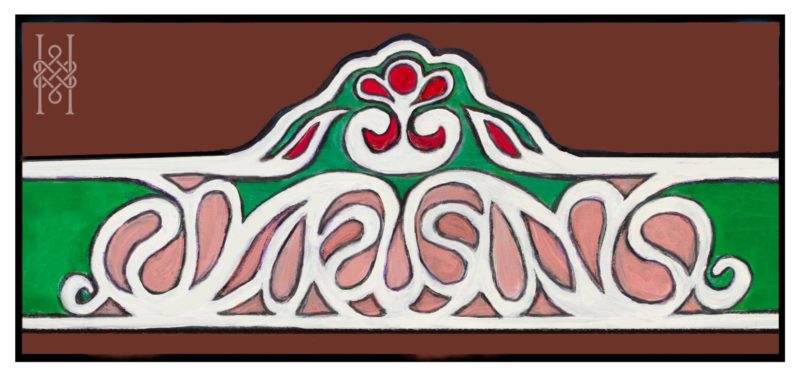
La Tene style design for Celtic Berru Helmut
I have included one pattern taken from a helmet to demonstrate that idea. It shows an early Celtic pattern with flowing ribbons, a palmette (top in crimson), comma leaves (pink) and S forms (in the centre at bottom). The Berru helmet was found in a grave with a two wheeled cart and harness fittings in the fifth and fourth century at Champagne, France.
Today, enamelled horse brasses and chariot decorations of exquisite quality from this Early Celtic La Tene era and later are found in Museums throughout Britain and Europe.
